Takao Komagino Garden features picturesque Japanese gardens.
It takes some 15 – 20 minute walk from the Takaosanguchi Station.

I would recommend this place to visit on the way back from Mt. Takao if you have time to spare.

Although it has no historical significance, we could say that this place is a showcase for the Japanese garden-making.
The gardens and the house were built in the Taisho period, some 100 years ago.
In fact, this place had been used as a hospital and was then donated by the owner to the city of Hachioji in 2009.
Since 2012, Takao Komagino Garden has been open to the public throughout the year except for the year end and New Year period.
The gardens are well maintained by an expert gardener(s) regularly, which is very important to keep Japanese gardens in good conditions.
There are two (2) types of Japanese garden you can enjoy there.

One is a pond-strolling garden where you can go on a short journey through a skillfully designed landscape, crossing a stone bridge over a pond with a lot of colored carp called Nishikigoi.
Colored carp have been created by repeated cross-breeding of color mutations that appeared among black carp being cultivated for food some 200 years ago in the mountainous area of Niigata prefecture.
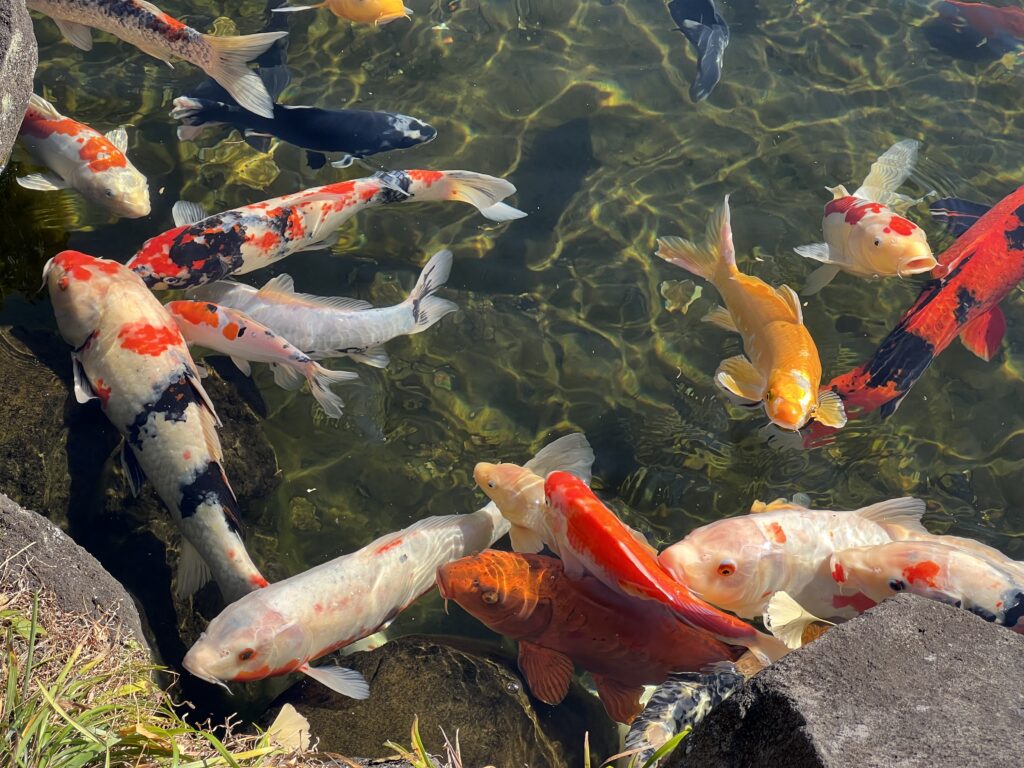
Looks like colored carp bred in Japan are now very popular among wealthy people in other countries as well.
The other is a dry landscape garden called karesansui made mainly from rocks (or stones) and gravel (or sand), without using any water whatsoever.
The rocks (or stones) represent mountains or islands, while the gravel (or sand) represents waters.
The development of most dry landscape gardens was closely linked to Zen Buddhism.
Countless monks have sat before a dry landscape garden and meditated.
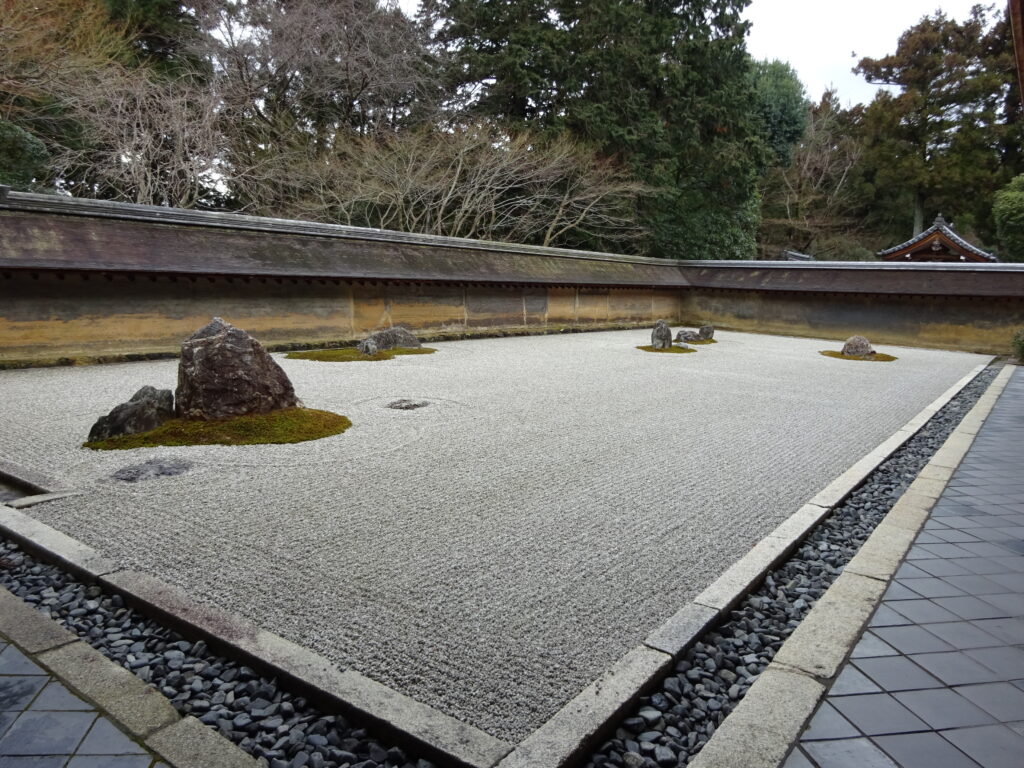
Having said that, the dry landscape garden in Takao Komagino Garden looks a sort of eclectic style karesansui with trees and bushes.
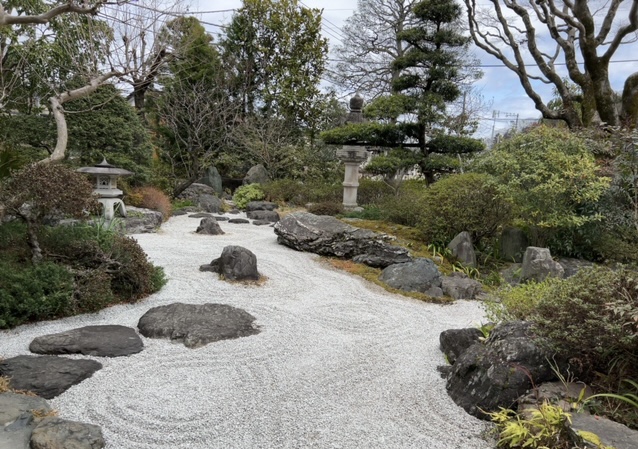
There is a tearoom where they serve refreshments such as coffee, green tea, matcha, etc.
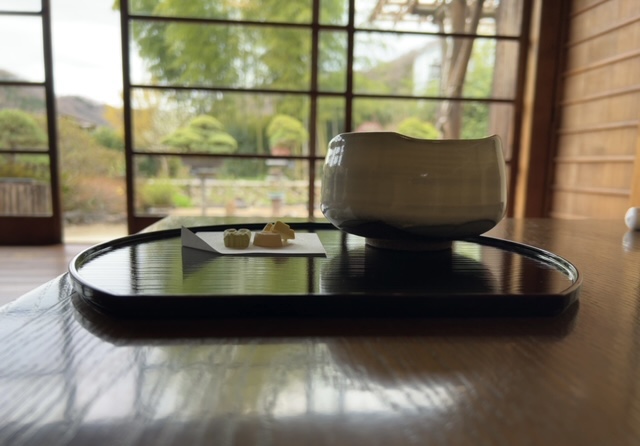
You can also enjoy a good collection of bonsai there.
Bonsai refers to a potted tree which has been dwarfed and shaped by such methods as pruning and wiring in order to create particularly aesthetic shapes.
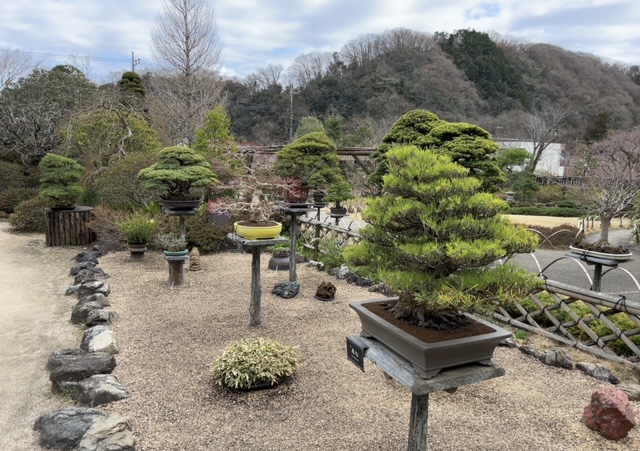
Bonsai reflect the appearance of trees growing in the wild.
Within the confines of small pots, it’s still possible to recreate magnificent natural landscape.
So, we could say that the traditional cultural value of harmony with nature lives on even in the bonsai world.
I hear that during the Covid-19 pandemic bonsai have become more popular even among foreigners thanks to the stay-at-home demand.
Japanese gardens typically, consist of waters, stones (or rocks), and trees (or planting) that are supplemented by objects such as stone lanterns, bridges, fences, stone washbasins, a suikinkutu, literally, water harp (koto) cave, a shishiodoshi, literally, scaredeer, etc.
It should be noted that in the ancient Japan evergreen trees represented by pine trees and rocks were, respectively, treated as divine objects which the spirits of Shinto deities are drawn or summoned to and waters made a boundary between an ordinary world and a sacred world.
Garden design techniques are described in Sakutei-ki, literally, Records of Garden-Making which is arguably the oldest book of landscape garden-making in the world.
This bible of garden-making was written by Tachibana no Toshitsuna, a court noble, in the 11th century, which is a generally accepted understanding.
His father, Fujiwara no Yorimichi is well known for having built Byodo-in Temple in Uji, Kyoto which forms a part of Historic Monuments of Ancient Kyoto UNESCO World Heritage Site (https://www.byodoin.or.jp/en/learn/garden/) .
Byodo-in Temple is famous for its beautiful Pure Land style garden which is intended to depict the Western Paradise of Pure Land, an imaginary celestial realm of Amitabha Buddha.
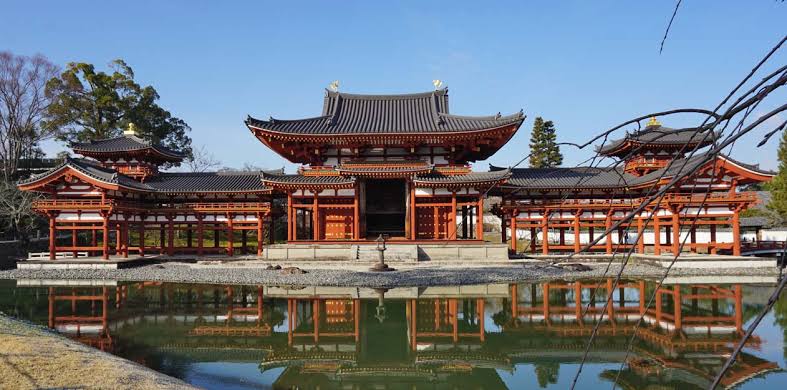
To make a long story short, according to this bible of garden-making, re-creating magnificent natural landscape using natural materials is the essence of Japanese garden-making.
Consequently, unlike gardens seen in many of the Western and Islamic countries, no traditional Japanese gardens have a spray pond.
Having said that, there are a few notable exceptions such as Kairaku-en created in the mid 19th century in Mito, and Kenroku-en created in the late 17th century in Kanazawa while the respective spray ponds there were created in the mid 19th century when the Western cultures started to be more actively introduced to Japan.

A spray pond could be interpreted as a concept against the laws of nature and be symbolic of the human control over nature.
Instead of spray ponds, we will often see, in the Japanese gardens, waterfalls that flow down in accordance with the laws of nature.

Thus, you could be reminded that one of the most important Japanese cultural values is harmony with nature.
The bottom line is that we could say that the Japanese culture is the culture of a waterfall while the Western and Islamic cultures are the cultures of a spray pond.
Strictly speaking, however, in Japan that is home to some 3,000 hot spring resorts, we can observe a geyser which is an intermittently eruptive hot spring in several places across the country.
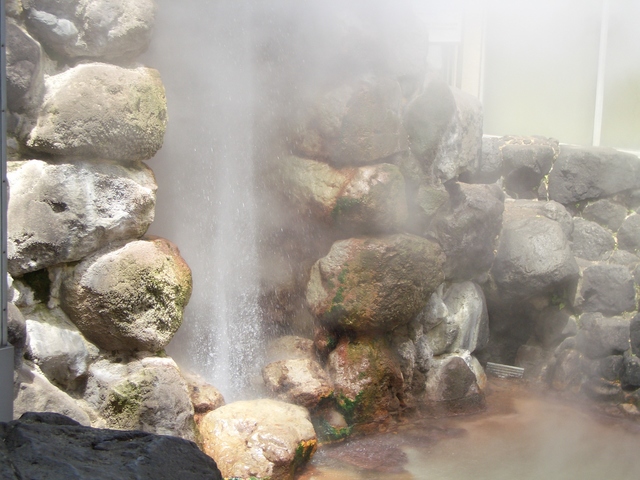
Having said that, it may have been a little too extraordinary and rare natural phenomenon to incorporate into the traditional Japanese garden-making.
Cha-no-yu or tea ceremony that was perfected by Sen no Rikyu in the late 16th century, the greatest tea master in the Japanese history, has also had significant influence on the Japanese garden-making.
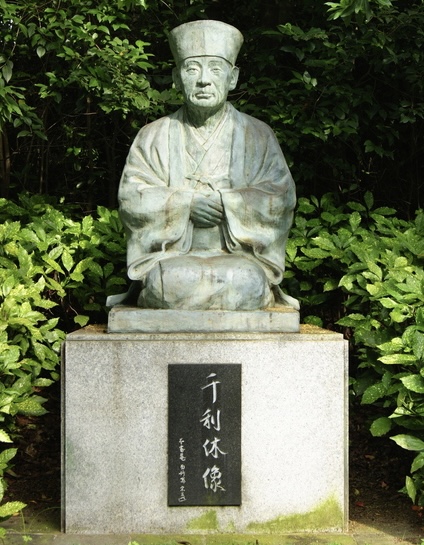
Some of the elements of Japanese gardens subject to the influence of Cha-no-yu or tea ceremony include stepping-stones, a stone lantern, a stone washbasin, a suikinkutsu, literally, a water harp (koto) cave, a shishiodoshi, literally, a scaredeer, etc. arranged in a garden adjacent to a teahouse, called Roji or Chatei, literally, a tea garden.

A suikinkutsu, literally a water harp (koto) cave, is a type of Japanese garden ornament and music device you can see in Takao Komagino Garden.
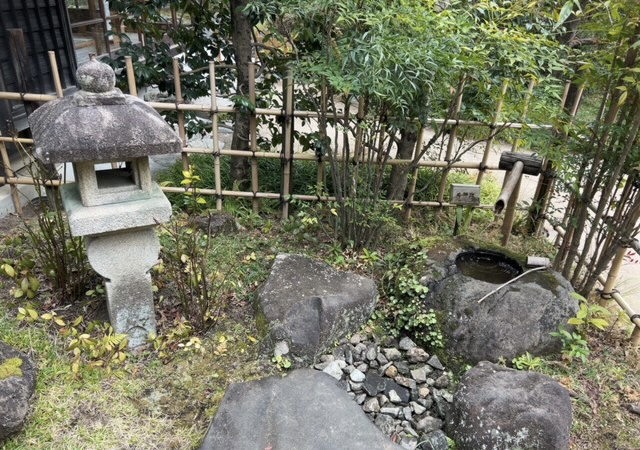
It consists of an upside-down buried pot with a hole at the top.
Water drips through the hole at the top onto a small pool of water inside of the pot, creating a pleasant splashing sound that rings inside of the pot like a bell or a Japanese harp called “koto”.
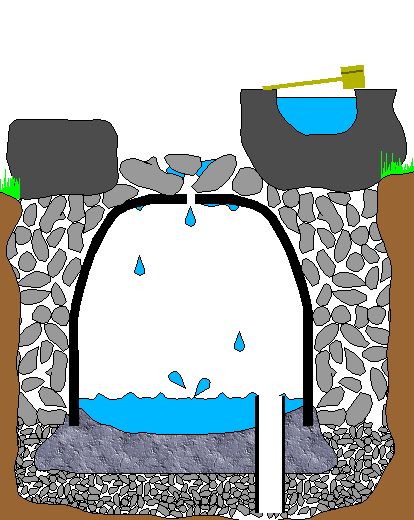
Author: Chris 73
https://commons.m.wikimedia.org/wiki/File:Suikinkutsu_CrossSection.jpg#mw-jump-to-license
If you should have a chance to visit Takao Komagino Garden, it’s really worth trying to play it there!
Unfortunately, there you cannot see another interesting music device, a shishiodoshi, literally, a scaredeer, which is comprised of bamboo tubes and running water for making noise.

One of the bamboo tubes will be slowly filled with water and then emptied out, making a knocking sound and the cycle repeats.
This noise was intended to startle animals such as deer which may be grazing on the plants in the garden, but now people just like the rhythmic sound.
You can find some other items in Takao Komagino Garden under the influence of foreign cultures, such as Pure Land philosophies (Pure Land Buddhism) and the thought of immortality called Shenxian ideology, an ancient Chinese ideology to become a mountain hermit who doesn’t age or die and possess divine power.
They include (i) lotus flowers that will be in full bloom in July – August in the pond and triad stones called sanzonseki representing Amitabha Buddha in the center attended by two (2) Bodhisattvas both of which are to depict a landscape of the Western Paradise of Pure Land and (ii) artificial islands or mounds in and around the pond that are considered to depict the Isle of Eternal Youth and/or a pair of crane and turtle symbolizing longevity.


Last, but not least, we could say that Takao Komagino Garden is designed to benefit from its surrounding landscape.

The technique to incorporate outside or surrounding landscapes in the design of a garden is called shakkei, literally, borrowing landscape.
In Japan, there are so many beautiful Japanese gardens you can enjoy all over the country including more than 200 beautiful gardens designated as National Site of Scenic Beauty.
In the Edo period which was a time of peace lasting more than 250 years, the culture of Japanese garden-making flourished and culminated in the form of a nationwide boom of garden-making among Tokugawa shogun(s) and regional feudal lords.
We could say that Edo, the present day Tokyo, was the world No.1 garden city in those days.
Having said that, most of those gardens in Tokyo were destroyed after the Meiji Restoration with just a few of them (i.e., Koishikawa Korakuen Garden created in the early 17th century, Rikugien Garden created in the early 18th century and Hama Royal Garden created in the mid 17th century) having survived while many of the local ones created by regional feudal lords in their castle towns have been relatively well maintained.
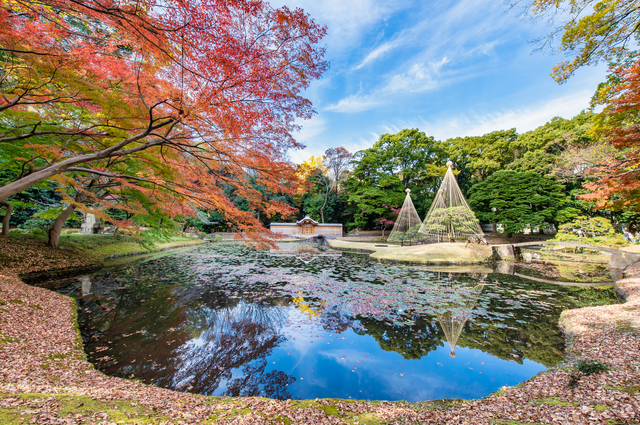
I would say that now Kyoto should be the best place to enjoy visiting more beautiful Japanese gardens most efficiently.
Some of them were designed by historically famous garden architects such as Muso Soseki (1275 – 1351), a multi-talented Rinzai Zen master and Kobori Enshu (1579 – 1647), a notable tea master, artist and garden architect in the reign of Tokugawa Ieyasu, the first shogun of Tokugawa shogunate.

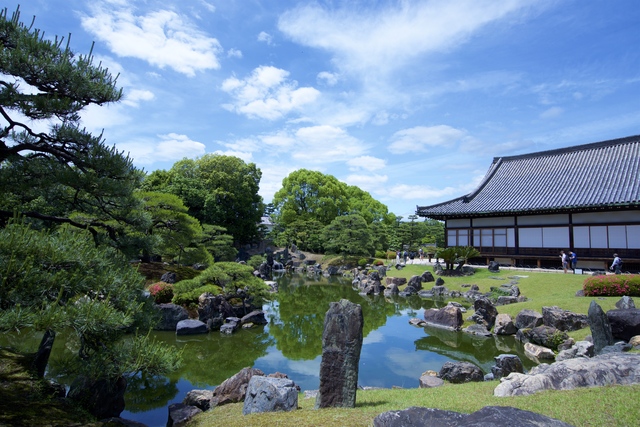
In Kyoto, there are also high quality new Japanese gardens that were created in a new stream of the Japanese garden-making born after the Meiji Restoration by Ogawa Jihei VII (Ueji VII), Mirei Shigemori, etc., then top garden architects.
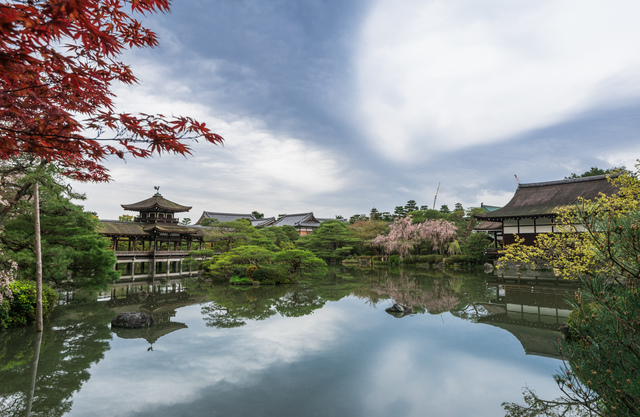

Aside from the foregoing, one of my most favorite Japanese gardens are those of the Adachi Museum of Art (https://www.adachi-museum.or.jp/en/) founded in 1980 by Adachi Zenko, a local businessman while they may be rather inconveniently located in Shimane prefecture for visitors from overseas.
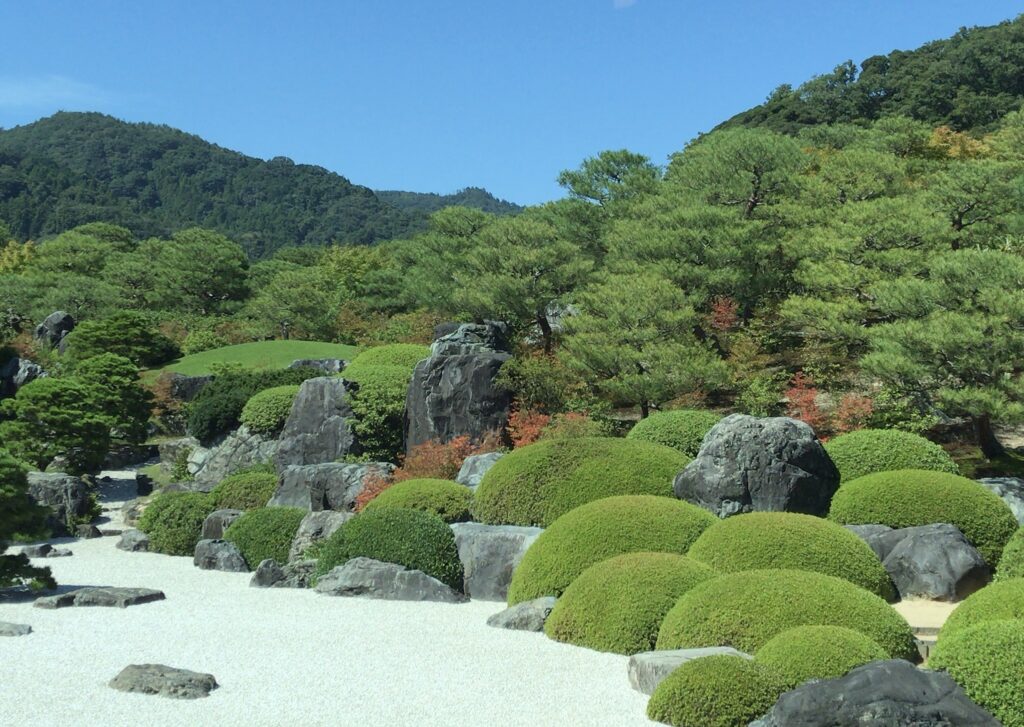
Although they have no historical significance like Takao Kogagino Garden, they have collectively been named the best gardens in Japan every year since 2003 by the Journal of Japanese Gardening, a US specialist magazine.
It is understood that their great success is mainly thanks to the high quality maintenance work by eight (8) exclusive gardeners.
In the Japanese natural environment, if a garden should be left as it is, it would be quickly devastated.
So, we could say how we should maintain and keep gardens clean should be more important than how we should make them.
Hopefully, on your next visit to Japan, you should have a chance to visit some of the beautiful Japanese gardens.
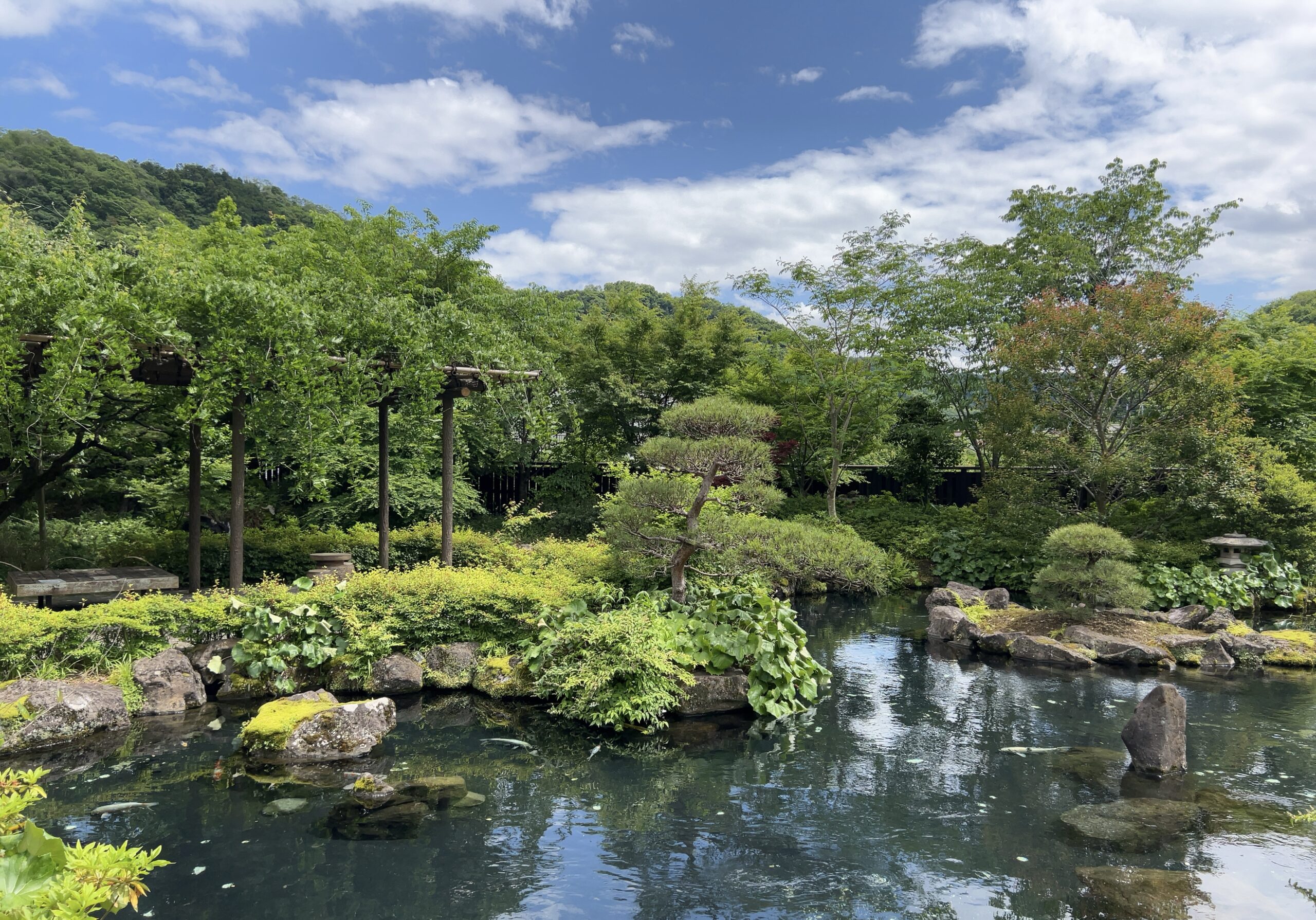
2 responses to “Optional tour to Takao Komagino Garden on the way back from Mt. Takao”
This is really insightful and I can’t wait to explore this garden. Thank you for this very useful blog
Thanks, Eranga-sensei. I’m very pleased to know that you are very much interested in visiting this garden.